The next morning, Harry Erickson warmed up his sturdy ton-and-a-half Ford and parked it alongside the boxcar. Charles Houska directed the men to roll the barrels onto the truck. They stood them on end, one by one, until there were six or seven aboard.
Harry was instructed to drive down to the village dock in front of Duluth Street. The government officials were there waiting, standing around a large hole chopped through a foot of Rainy River ice beside the dock. By this time, a crowd of bystanders was following Harry’s truck.
“Drop the barrels so that they break on the iron cleats on the edge of the dock,” an official instructed, but the men dropping the barrels were poor marksmen and some of the barrels landed on the ice, still intact. The customs officials foresaw misses, and they were poised with axes to break the intact barrels. One by one, the barrels were ruptured and the golden whiskey flowed out onto the ice.
They intended for the whiskey to flow into the hole that the men had worked so hard to chop, but the law of physics worked against them. The liquor rather spread into a wide pool, contained by a rim of whiskey-candied snow.
Harry was instructed to drive down to the village dock in front of Duluth Street. The government officials were there waiting, standing around a large hole chopped through a foot of Rainy River ice beside the dock. By this time, a crowd of bystanders was following Harry’s truck.
“Drop the barrels so that they break on the iron cleats on the edge of the dock,” an official instructed, but the men dropping the barrels were poor marksmen and some of the barrels landed on the ice, still intact. The customs officials foresaw misses, and they were poised with axes to break the intact barrels. One by one, the barrels were ruptured and the golden whiskey flowed out onto the ice.
They intended for the whiskey to flow into the hole that the men had worked so hard to chop, but the law of physics worked against them. The liquor rather spread into a wide pool, contained by a rim of whiskey-candied snow.
By now, the cluster of interested citizens had grown to a substantial audience. Some of them pulled cups from their pockets and scooped up the stubborn whiskey and sipped it approvingly. Others lay at the edge of the whiskey puddle and lapped up what they could get. A few arrived with buckets, but Customs discouraged the carry-out trade and kicked over the buckets. Word spread quickly and soon nearly the whole town of International Falls was there scooping up whiskey. Some even came running with coal scuttles and wash tubs. A local bootlegger tested the liquid with his hydrometer - 100 proof.
Downriver, George Westermeier retrieved water for some tea from his water hole offshore from his house. As he boiled the water, his home smelled like a distillery. It was discovered that a crack in the river ice led from the whiskey hole to George’s water hole. Angry, he threatened to sue the government but never did get around to it.
The men rolled the last barrel of fine Canadian whiskey out of the boxcar and onto Harry Erickson’s truck, and they discovered something very peculiar. During the night, someone had drilled a hole up through the floor of the boxcar beneath where the barrels stood.
The barrels were dry.
There were no known fatalities from the whiskey dumping, but up to 79 barrels were added to the river that day. Which made everyone think about that odd number. Maybe the shipper in Winnipeg had overlooked the 80th barrel, or possibly Charles Houska knew where it went.
We will never know for sure.
Downriver, George Westermeier retrieved water for some tea from his water hole offshore from his house. As he boiled the water, his home smelled like a distillery. It was discovered that a crack in the river ice led from the whiskey hole to George’s water hole. Angry, he threatened to sue the government but never did get around to it.
The men rolled the last barrel of fine Canadian whiskey out of the boxcar and onto Harry Erickson’s truck, and they discovered something very peculiar. During the night, someone had drilled a hole up through the floor of the boxcar beneath where the barrels stood.
The barrels were dry.
There were no known fatalities from the whiskey dumping, but up to 79 barrels were added to the river that day. Which made everyone think about that odd number. Maybe the shipper in Winnipeg had overlooked the 80th barrel, or possibly Charles Houska knew where it went.
We will never know for sure.
Share your stories in the comments below!
Cantilever Distillery + Hotel is opening January 2020 and features a boutique hotel, a cocktail room, private events space, and distillery tours.

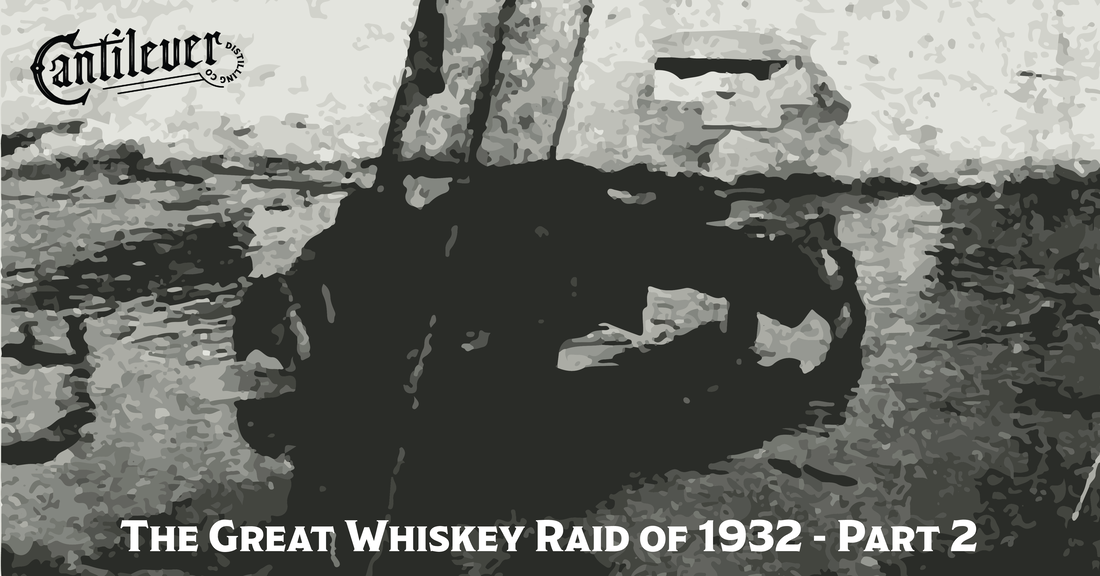
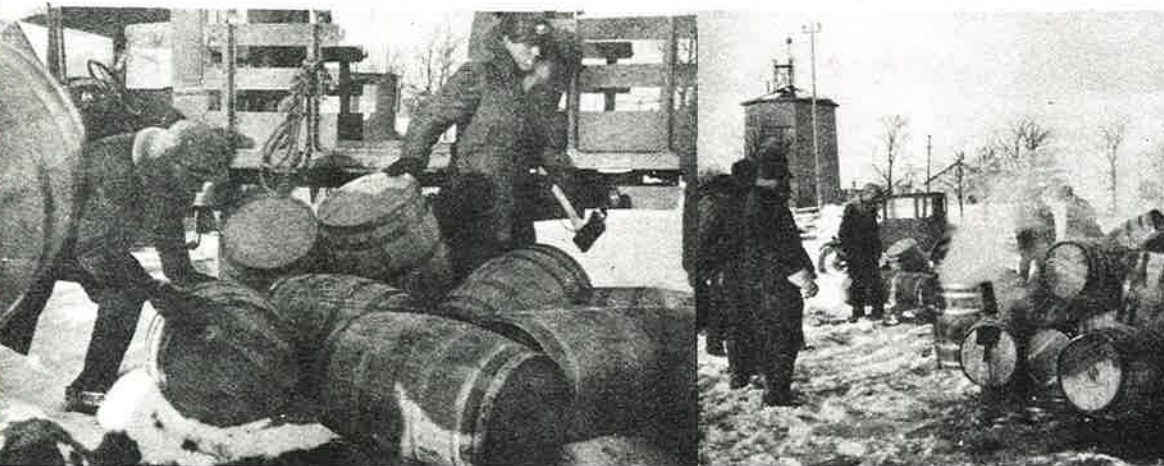
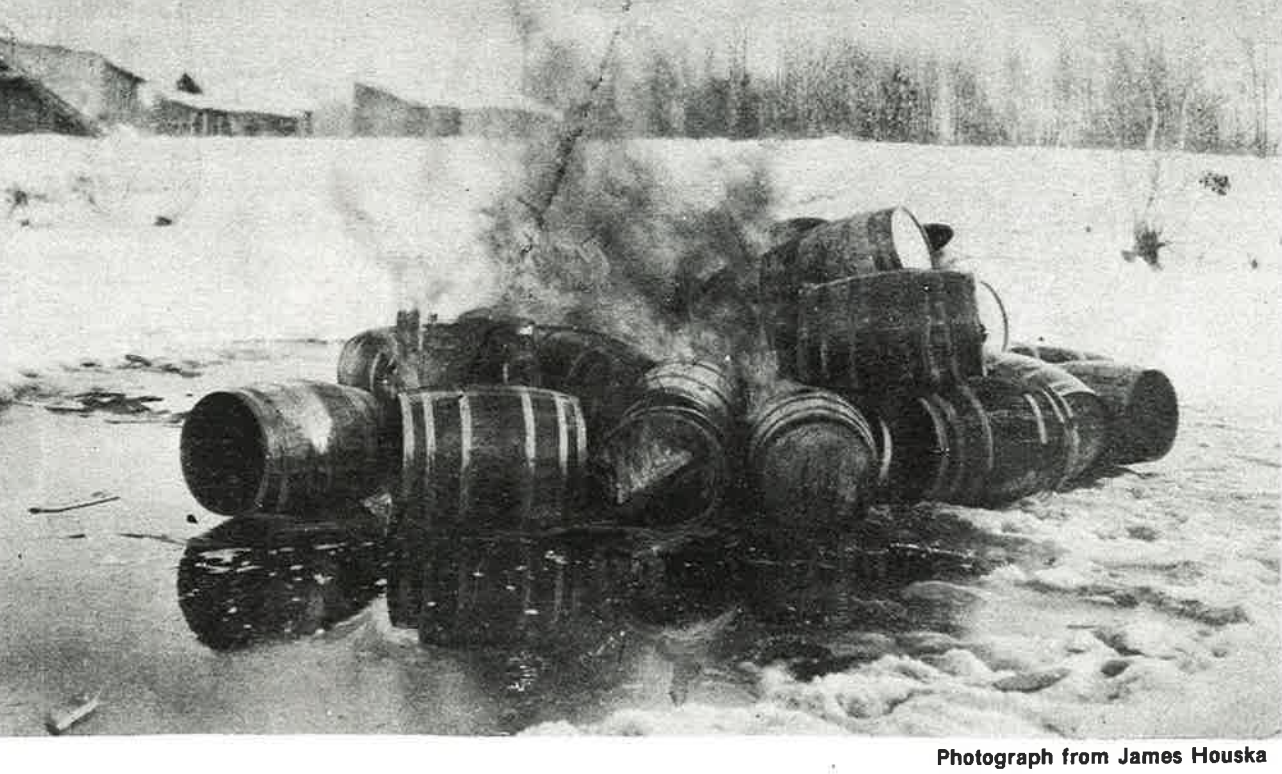
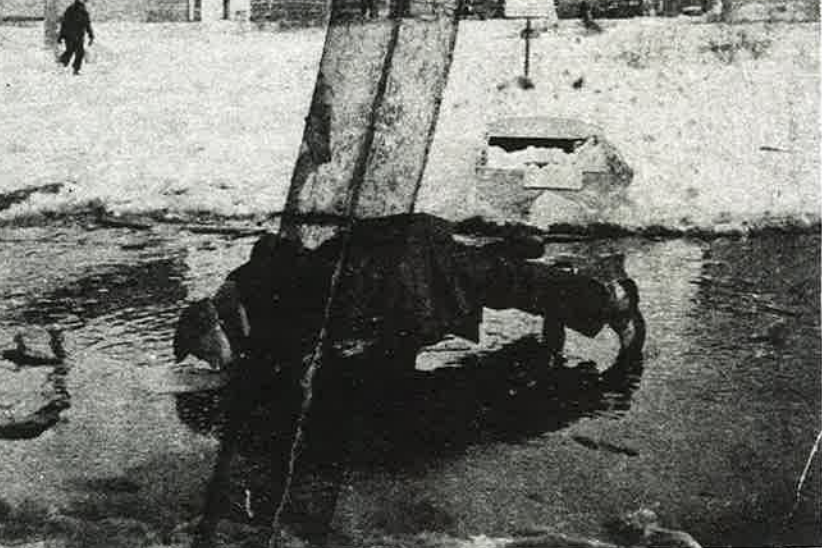
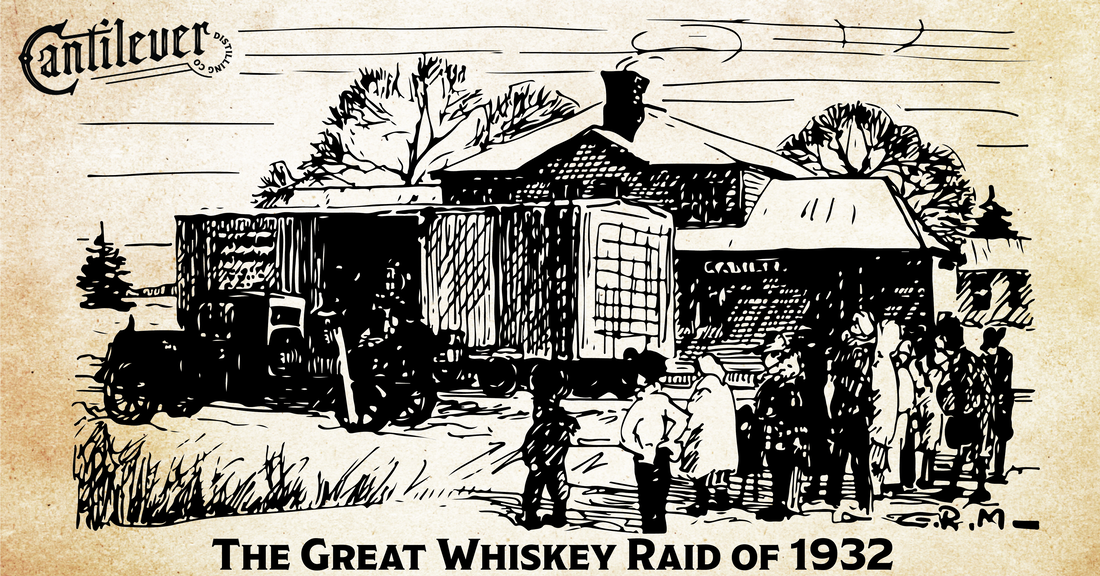
 RSS Feed
RSS Feed